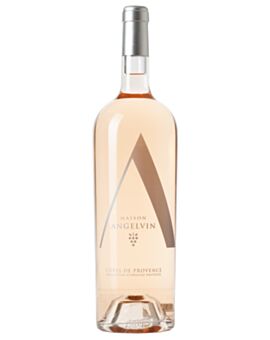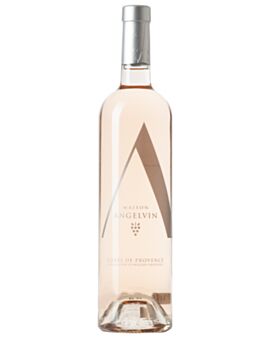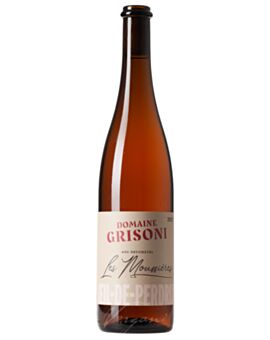Rosé | Rosato
Rosé wine
La vie en rose - yes, one thinks first of France when it comes to rosé and it is also true that the epicenter of the rosé hype is located there, in the south of the country. Whereby rosé wines on (and of) the whole world are on a high, not to say overflight. The Italian wine producers have long noticed this, because they are increasingly focusing on class instead of mass. With our rosé selection, we declare celebrating an art form.
How are rosé wines made?
A rosé is a pink or light red wine made from blue grape varieties, but in the white wine manner: the grapes are crushed uncrushed and left only briefly on the mash until the desired shade is achieved. Then the grapes are quickly pressed. The must (without skins) is usually fermented in steel tanks at controlled temperatures. If the berries are left on the skins longer, the rosé becomes a darker pink or a lighter shade of red. In the saignée method, about 10 percent of the must is removed from the fermentation tank for red wine without pressing and vinified separately. This has a side effect on the leftover red wine: it acquires a higher concentration of color and tannins.
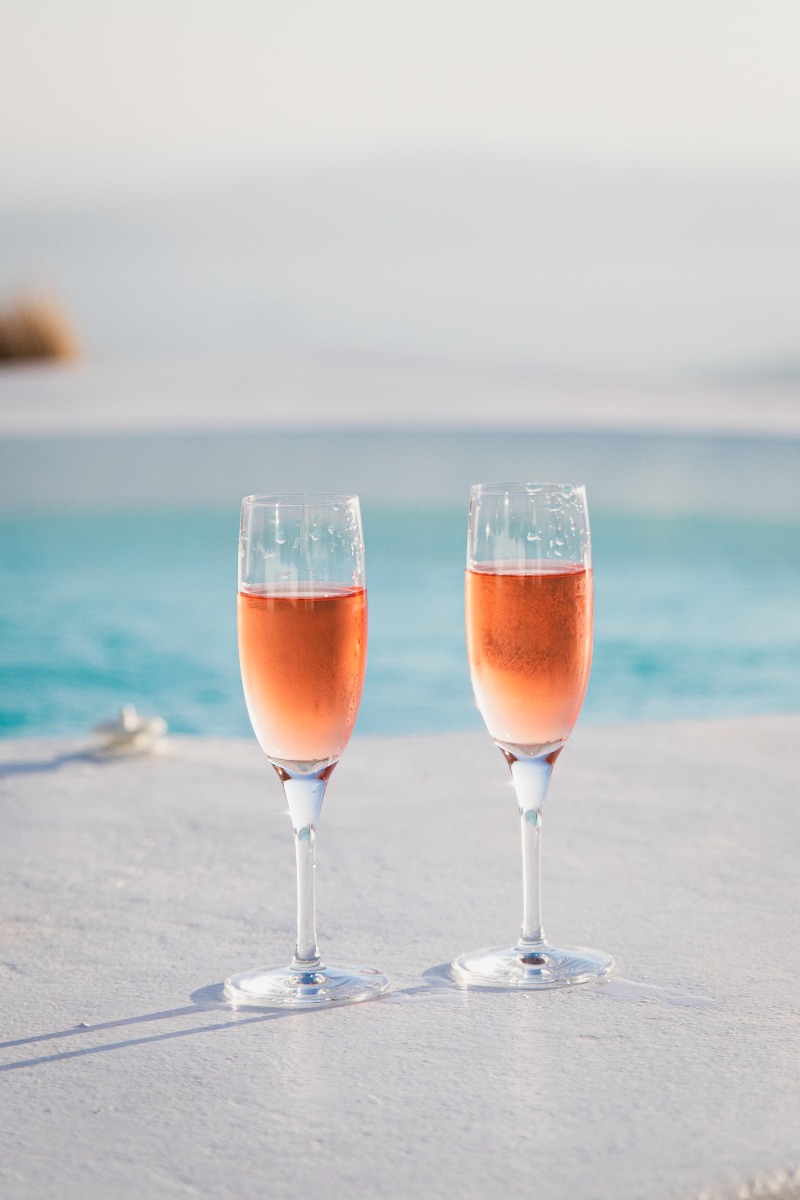
What is a Schiller?
This is a veritable exotic. One of the few wines, it is a blend of red and white grapes with the peculiarity that they must not only be harvested and pressed at the same time, but also have been grown in the same vineyard. Most often, it is a combination of Pinot Noir and Riesling-Sylvaner. A rosé wine made from pure Pinot Noir is often called Blanc de Noir - its color already turns into a delicate red. The country's most famous rosé wine, the salmon-colored Œil-de-Perdrix, comes from western Switzerland. The eye of the partridge is said to have exactly the same vibrant shimmering color as the wine.
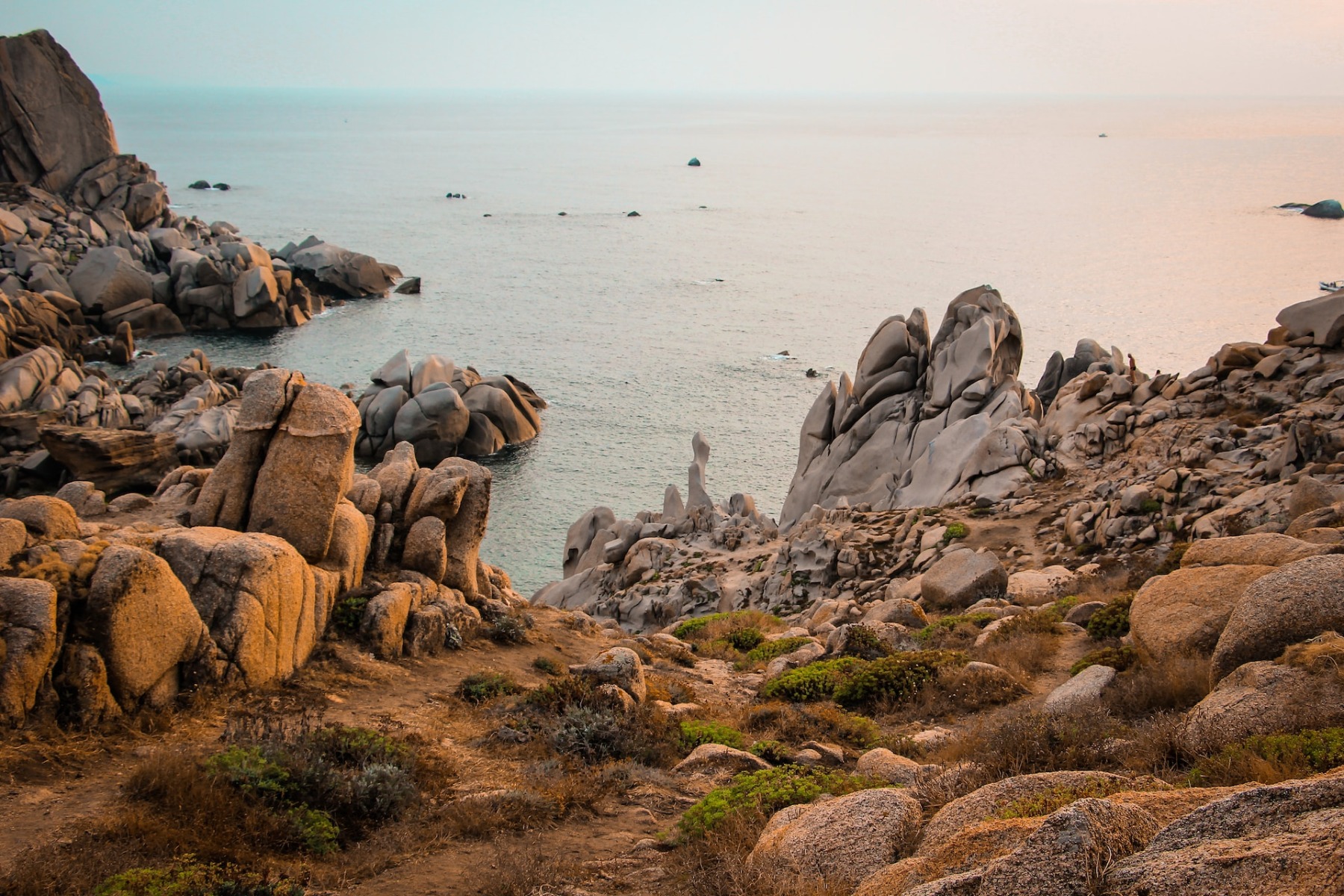
Can I store rosé wines?
Rosé wines are not suitable for long storage in every case, as they are usually designed as young and fresh wines. They should normally be enjoyed within one to three years. In the South of France, however, there have always been rosé wines, which are more reminiscent of light red wines and which, thanks to their structure and body, can easily withstand more than five years in the cellar. The light, rather sweet version, on the other hand, fits very well (regardless of the grape variety) as a wine for aperitifs. A strong and structured rosé wine from Puglia or Tuscany goes well with olives, cheese and dried tomatoes. Very high quality rosé wines like Conte Lemár or Rosato Vetere are less fruity and full-bodied, but never plump. Thanks to their rich body and complexity, they complement wonderfully seafood dishes. Without a doubt: two sensational ambassadors of Italian rosé winemaking art.
From which grapes is a Rosato made?
If the appellation allows it, rosé wines can be made from any blue grape. Whether Cabernet Sauvignon, Merlot, Gamay, Pinot Noir or Grenache. Especially the south of France has a great rosé culture with excellent wines. Some of the best rosé wines in Italy, on the other hand, come from Lake Garda, where they are called Chiaretto and are made from the must of several different red wine grapes.
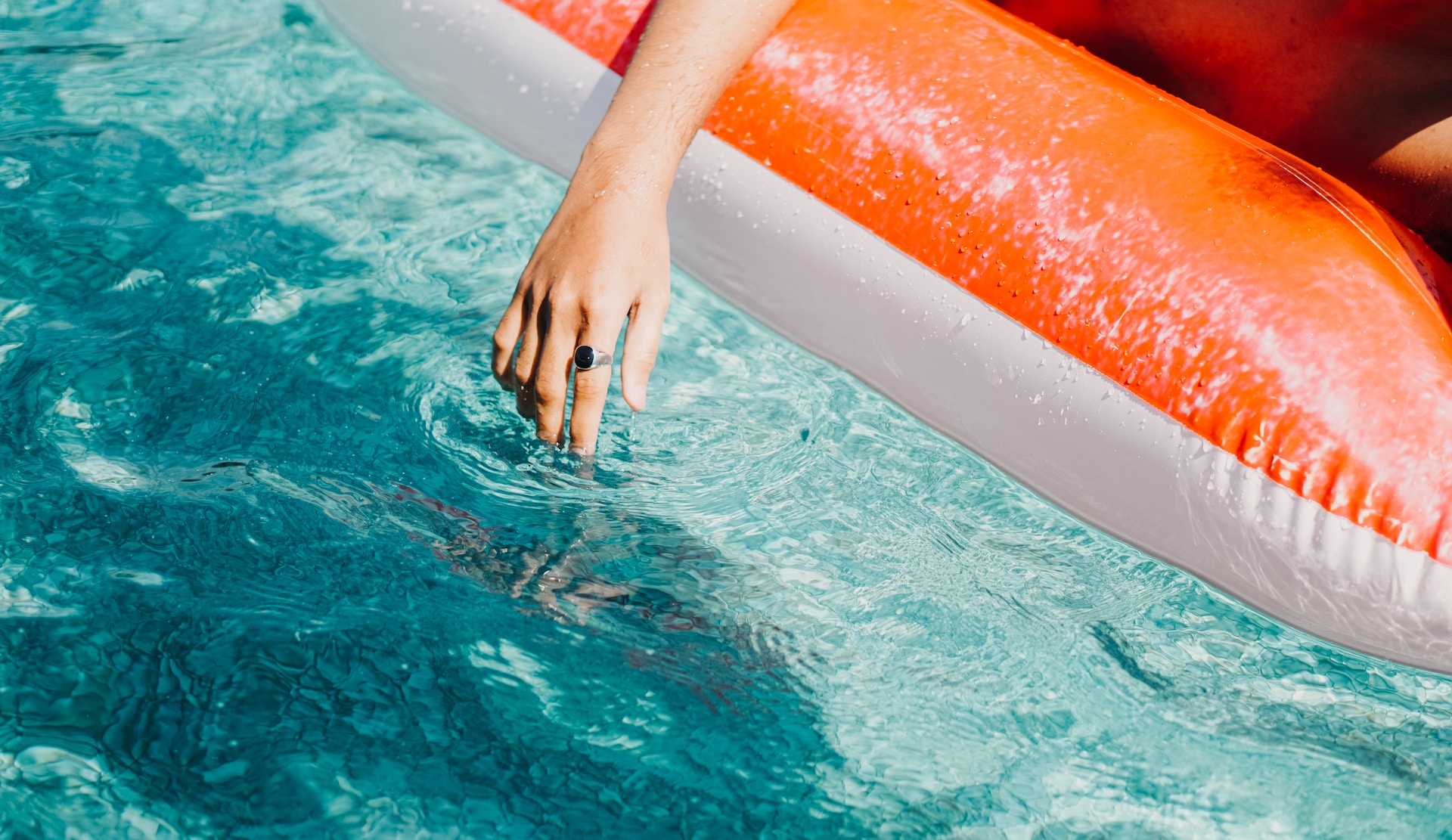
Why are rosé wines often cheap?
There is a glut of inexpensive and industrially produced rosé wines, but the opposite also exists. For example, Chateau d'Esclans' Garrus (Whispering Angel), aged in barrique barrels, costs over 100 francs. And also with the rosé sparkling wines, the price is very often considerably high. Above all, rosé champagnes set new standards; they are considered particularly noble and even surpass many of their white counterparts in the region. It applies as always and everywhere in viticulture: whoever vinifies first-class grape material excellently, will obtain an excellent wine. The production processes are based on manual labor and this costs the same for a rosé wine as for a white or red wine.

